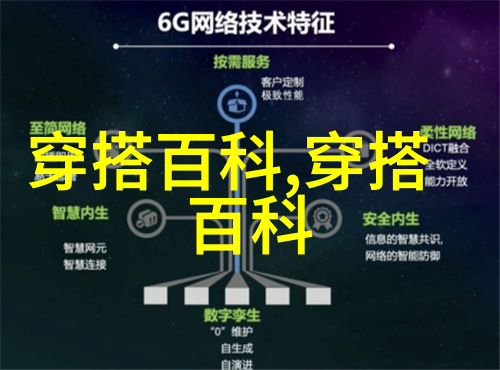时钟的反面腕表时代的沉默
时钟的反面:腕表时代的沉默

在 wrists of the world,a silent revolution has been taking place. The era of wristwatches, once a symbol of precision and elegance, has given way to a new generation that prefers the convenience and functionality of smartphones over traditional time-telling devices. This shift in behavior has led to an interesting phenomenon: while our hands are no longer bound by the constraints of mechanical timekeeping, they have become more connected than ever before.
The Wristwatch Era: A Silent Revolution

In the early 20th century, wristwatches were seen as a luxury item reserved for soldiers and officers. However, with the advent of World War I, their popularity soared as they became an essential tool for keeping track of time on battlefields. By the mid-20th century, watches had become an integral part of daily life - not just for telling time but also as a fashion statement.
But what happened to this beloved accessory? Why did it fall out favor with younger generations?

The Rise Of Smartphones: A New Era Of Connectivity
Smartphones have undoubtedly changed the way we live our lives. They have made us more connected than ever before - to information, people, and places around the world. With their built-in clocks and calendars, there is little need for separate watches or other timekeeping devices.

Moreover, smartphones offer so much more than just telling time - they can monitor fitness goals (steps taken per day), sleep patterns (number of hours slept), even heart rate (beats per minute). These features make traditional watches seem outdated by comparison.
The Decline Of Mechanical Timekeeping

As smart technology continues to advance at breakneck speed,
1、智能手表与传统手表的对比
2、时间管理新趋势:手机时代的手感体验
3、新一代时间观念:数字化与物理化的平衡
4、未来可能带来的变化:智能手表如何塑造我们的日常生活